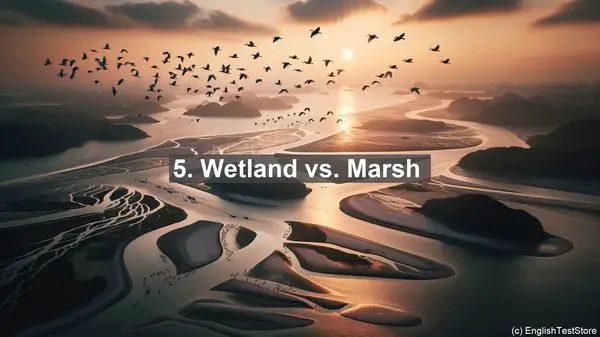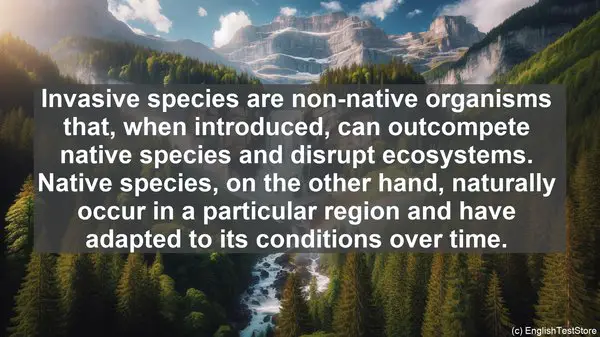Introduction
Today, we’re diving into the fascinating world of freshwater biology. But before we proceed, it’s crucial to clarify some commonly confused words that often trip up even the most seasoned biologists. So, let’s get started!
1. Lake vs. Pond
While both are bodies of freshwater, lakes are typically larger and deeper than ponds. Ponds often have more vegetation, making them ideal habitats for various organisms.
2. Algae vs. Moss
Algae are simple, plant-like organisms that can be single-celled or form colonies. Moss, on the other hand, is a type of non-vascular plant that lacks true roots, stems, or leaves.
3. Eutrophication vs. Oligotrophication
Eutrophication refers to the excessive nutrient enrichment of a water body, leading to increased plant growth and oxygen depletion. Oligotrophication, in contrast, is the process of nutrient reduction, often resulting in clearer water but potentially impacting certain organisms.
4. Invasive vs. Native Species
Invasive species are non-native organisms that, when introduced, can outcompete native species and disrupt ecosystems. Native species, on the other hand, naturally occur in a particular region and have adapted to its conditions over time.
5. Wetland vs. Marsh
Wetlands are areas where the land is saturated or covered with water for a significant part of the year. A marsh is a type of wetland characterized by emergent soft-stemmed vegetation, such as reeds or cattails.
6. Tributary vs. Estuary
A tributary is a smaller river or stream that flows into a larger river. An estuary, on the other hand, is a partially enclosed coastal body of water where freshwater from rivers meets and mixes with saltwater from the ocean.
7. Benthic vs. Pelagic
Benthic refers to the bottom or floor of a water body, including the sediment and organisms living within it. Pelagic, on the other hand, refers to the open water column, where organisms are not attached to the bottom.

8. Bioaccumulation vs. Biomagnification
Bioaccumulation is the gradual accumulation of substances, such as pollutants, in an organism’s tissues over its lifetime. Biomagnification, on the other hand, is the increase in concentration of these substances as they move up the food chain.
9. Lotic vs. Lentic
Lotic refers to flowing water, such as rivers and streams. Lentic, on the other hand, refers to still or standing water, such as lakes and ponds.

10. Dissolved Oxygen vs. Biochemical Oxygen Demand
Dissolved oxygen is the amount of oxygen gas dissolved in water, essential for aquatic organisms. Biochemical oxygen demand (BOD) is a measure of the amount of oxygen required by microorganisms to break down organic matter in water, often used as an indicator of water quality.
